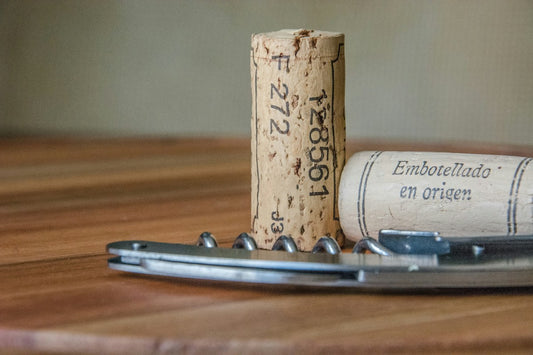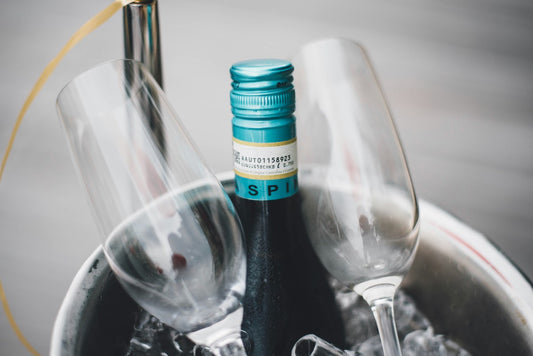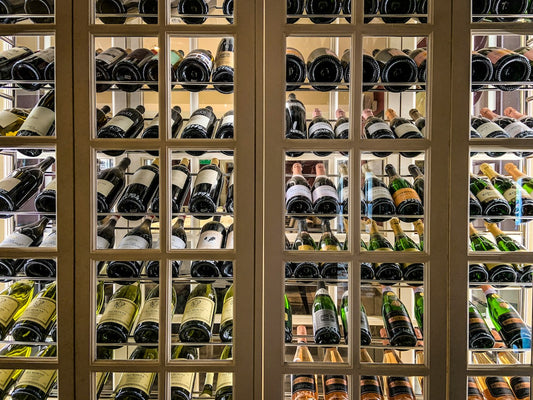Can You Put A Glass Plate In The Oven?
Norah Clark
You can put a glass plate in an oven, but this is only applicable to tempered glass and certain types of glass that can withstand a certain amount of heat (up to 350, or up to 470degF) before shaterring!
I think I can safely say we have all attempted to put glass plates into the oven. It doesn’t matter if you want to bake something or even heat leftovers; it’s an efficient method that can provide quick and effective results.
This raises the question, what plates are safe to bake in and which aren’t? Keep reading as you'll want to know for sure if your glass plate is oven-safe and I have included plates which are definitely not oven-safe.
Can You Put A Glass Plate In The Oven?
Oven-safe heat, resistant plates have been around for quite a while--the early 1900s.
The first versions of them consisted of a Pyrex pie plate. In time, they would become a global phenomenon due to their ease of use.
In the beginning, the oven-safe plates were made of a material known as borosilicate. But, there were obvious issues with this material, which eventually led many producers to steer clear of it.
Today, the primary ingredient for oven-safe cookware is soda lime. Although not completely shatterproof, they will shatter into huge pieces if dropped, effectively addressing the biggest safety issue.
Glass cookware has advanced since their introduction. There are now a variety of oven-safe glass crockery you can purchase.
With the development of heating techniques and the advent of the microwave, it is now possible to choose between oven-safe, toaster-safe, and microwave-safe plates.
How Do You Know If The Glass Plate You Own Is Oven-Safe?
In the majority of cases, it’s as easy as taking a look at the base of the dish.
In particular, these labels can typically be located near or in the middle of the backside of the dish. Pay attention to find the labels below:
Oven-safe: The title suggests that these glass plates can be safely placed into the oven. However, it is important to remember that, despite this certification, companies frequently place guiding temperatures for their products. Most of the time, the limits are placed within that 350-300 degrees F range. However, some cookware can withstand heat as high as 470 degrees F range. I recommend you review the safety instructions for the plate.
Microwave-safe: This means that the plate can withstand microwave radiation and not be damaged or get extremely hot. It’s better to use microwave-safe, properly tempered glass over paper plates when using the microwave.
Toaster ovens are safe: Glass plates go even further. This direct heat generated from toaster ovens can be different than the heating methods used by microwave and traditional ovens.
The significance of the guidelines listed on the plate’s label cannot be overemphasized. Be aware that although some glass dishes are oven safe, that doesn’t necessarily mean they’re safe for use with toasters or microwave ovens.
Additionally, the rule applies to both sides since microwave-safe plates aren’t always oven-safe.
You might have realized that not all plates are safe to put into the oven. In addition, if you do not make sure you take the appropriate precautions, oven-safe glassware can break. This is why you should be careful when using them.
Best Oven Safe Glass Plates
I have now explained how to determine which glass plates can be used in an oven and which ones aren’t; it’s the right time to examine the most oven-safe glass plates on the marketplace today.
1. GAC Tempered Glass Tray
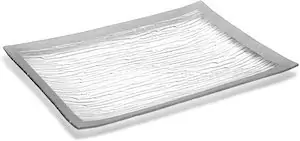
This glass plate isn’t just a beautiful piece of art but is also oven-safe up to 350 degrees F.
With regards to design, this dish is very sturdy and easy to hold while also being an eye-catching and sleek serving dish.
It is made of extremely durable glass guarding against chipping and breaking. Furthermore, it is able to withstand the extreme heat that comes from ovens well.
Measuring 10×14 inches, this rectangular glass plate has passed the design test with impressive results. It’s compact and light.
2. Anchor Hocking Oven Basics Glass Pie Plate
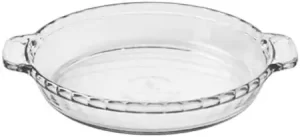
Produced by one of the first manufacturers of oven-safe glass plates, the pie dish is a great illustration of a strong and durable dish that can withstand oven temperatures. The manufacturers chose a traditional design measuring 9.5″ in diameter and is 1.8″ deep.
This glass pie plate evenly distributes heat and ensures optimal results for baking every time. This is why it’s more efficient than metal dishes.
It’s also certified oven-safe to temperatures as high as 450°F. In addition, it can be used in microwaves and is safe in the freezer and in the dishwasher.
It is important to note that the glass pie plate is constructed from tempered glass. This is why it’s extremely durable.
I anticipate that you’ll use this plate for baking your most-loved desserts for the next few years.
3. Cuchina Cover & Cook Baking Dish
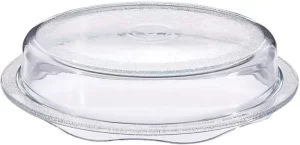
The 2-quart baking dish can be used in the microwave and is oven-safe.
It’s also a multi-purpose glassware. It can, for instance, be used to cover eating crockery.
One of the features that immediately stands out is its simple design. It is equipped with a number of concentric rings and vents that help to hold the lid in the right position.
Overview of Non-Oven-Safe Plates
The label on the bottom of the dish should inform you of everything you should be aware of. I strongly suggest you only use cookware in the oven when labeled oven-safe.
In contrast, you might see glass plates labeled “decorative.” These plates are ornamental and can be used for serving cold food.
Be aware that antique and vintage plates present a particular risk. Like canary glass, old glass plates could contain radioactive substances that risk your health.
Alongside the hazards of food poisoning and exposure to hazardous chemicals, there is a second danger associated with heating glass dishes in the oven.
This concerns the way the plate reacts to rapid cooling and heating. Most likely, the extreme fluctuations in temperature can cause the destruction of your plate since it may break, shatter or even explode.
Type of Non-Safe Oven Plates
Here are a few kinds of dishes which you shouldn’t try to bake with in your oven.
1. Styrofoam
Styrofoam is ideal for keeping things cool and is relatively inexpensive to create.
However, it does melt pretty quickly at high temperatures. Like plastic, the fumes it releases when it melts are good for your health.
2. Paper
Paper is also more fire-proof than wood. It can catch fire even at lower temperatures, so never put paper products in the oven.
3. Wood
Wood won’t melt, it’ll simply catch fire. Seriously. Avoid putting wood plates in the oven.
There are some wooden plates that are treated or coated with enamel of a certain kind however, I wouldn’t place it in the oven, simply to be safe.
4. Plastic
If exposed to high temperatures plastic will melt with an awful smell and mess left in your oven.
Although there are plastic resins which can endure extreme temperatures, they’re not very common and likely not what the plate you’re using is constructed of.
Frequently Asked Questions







